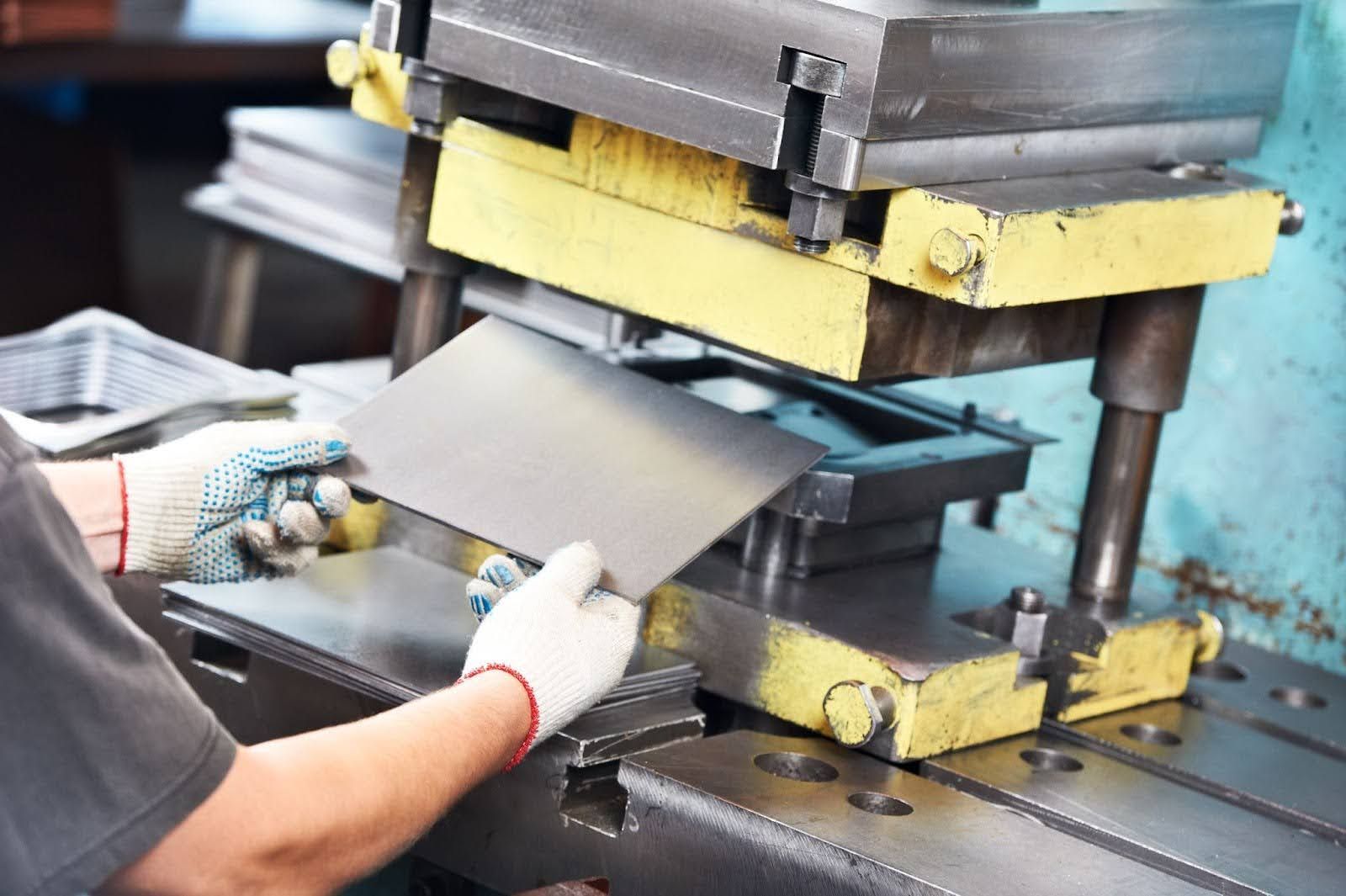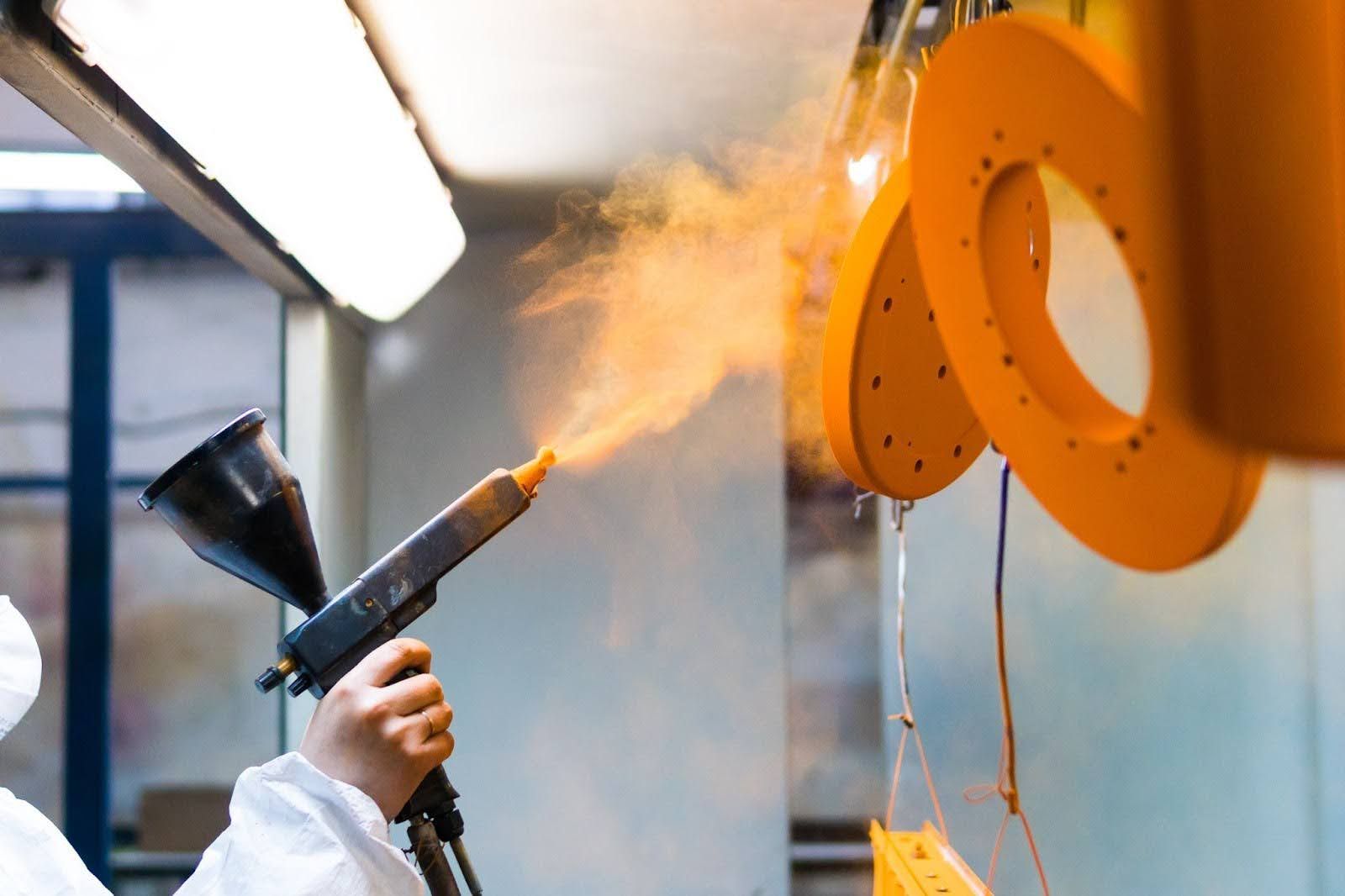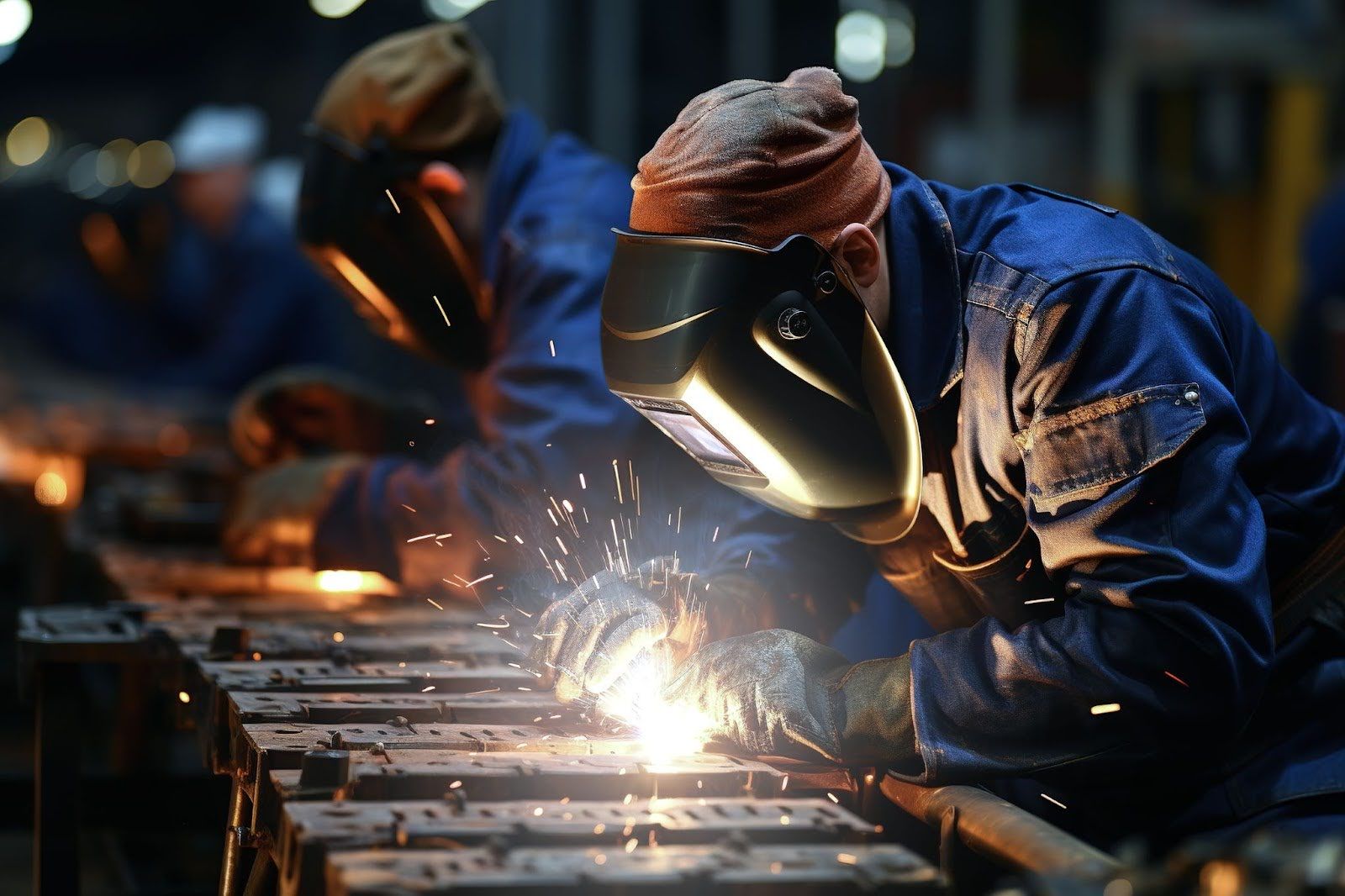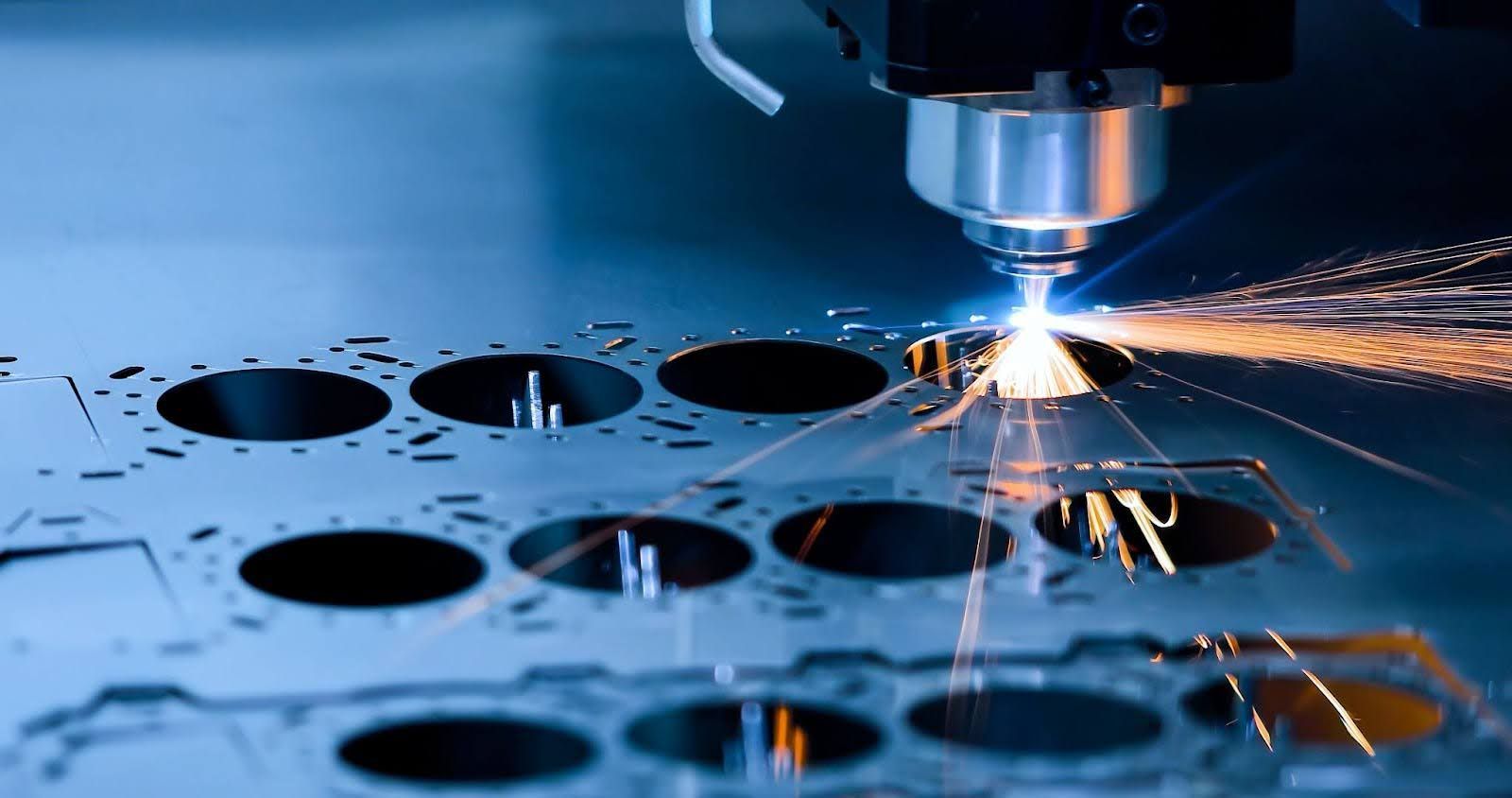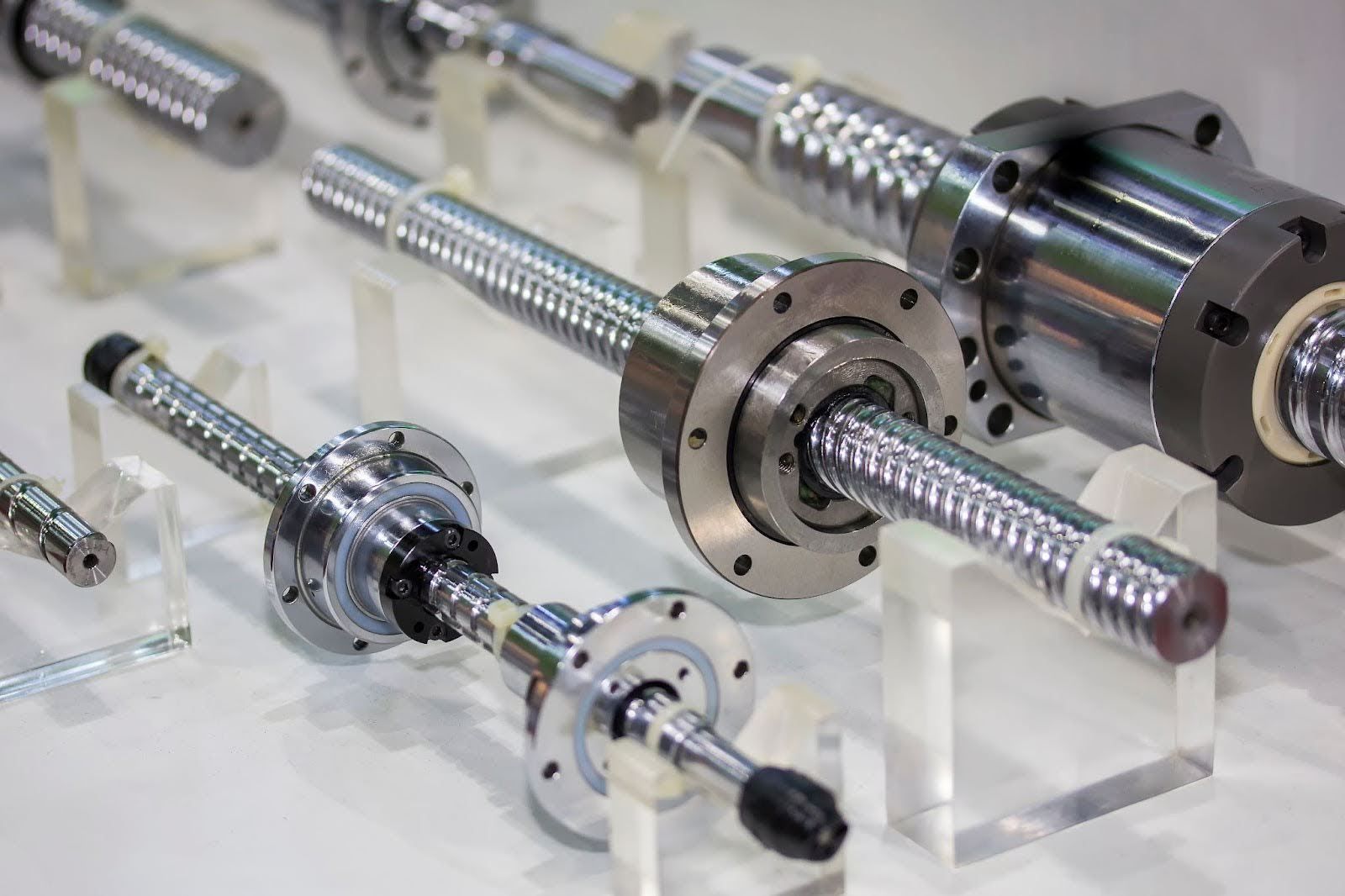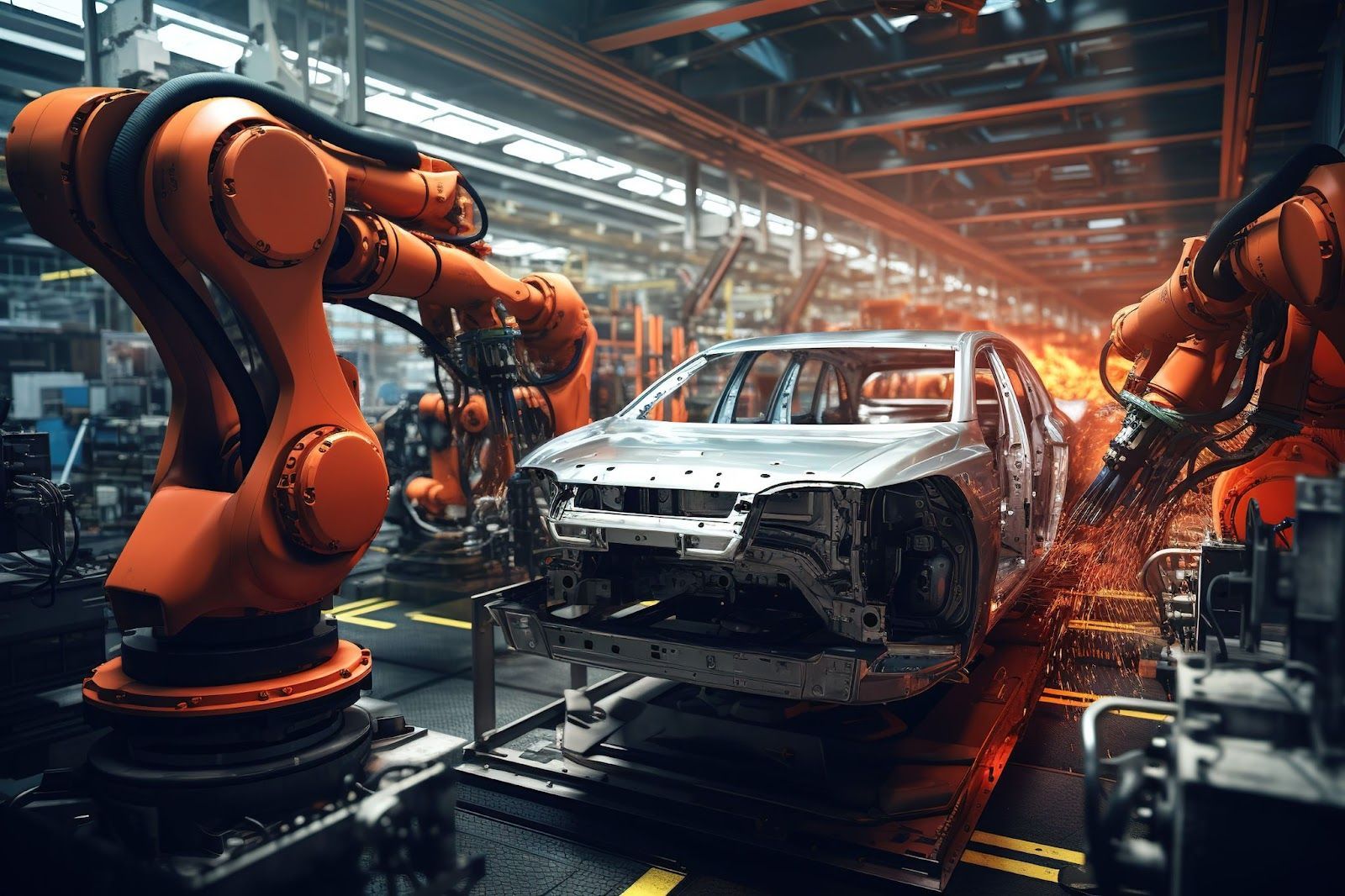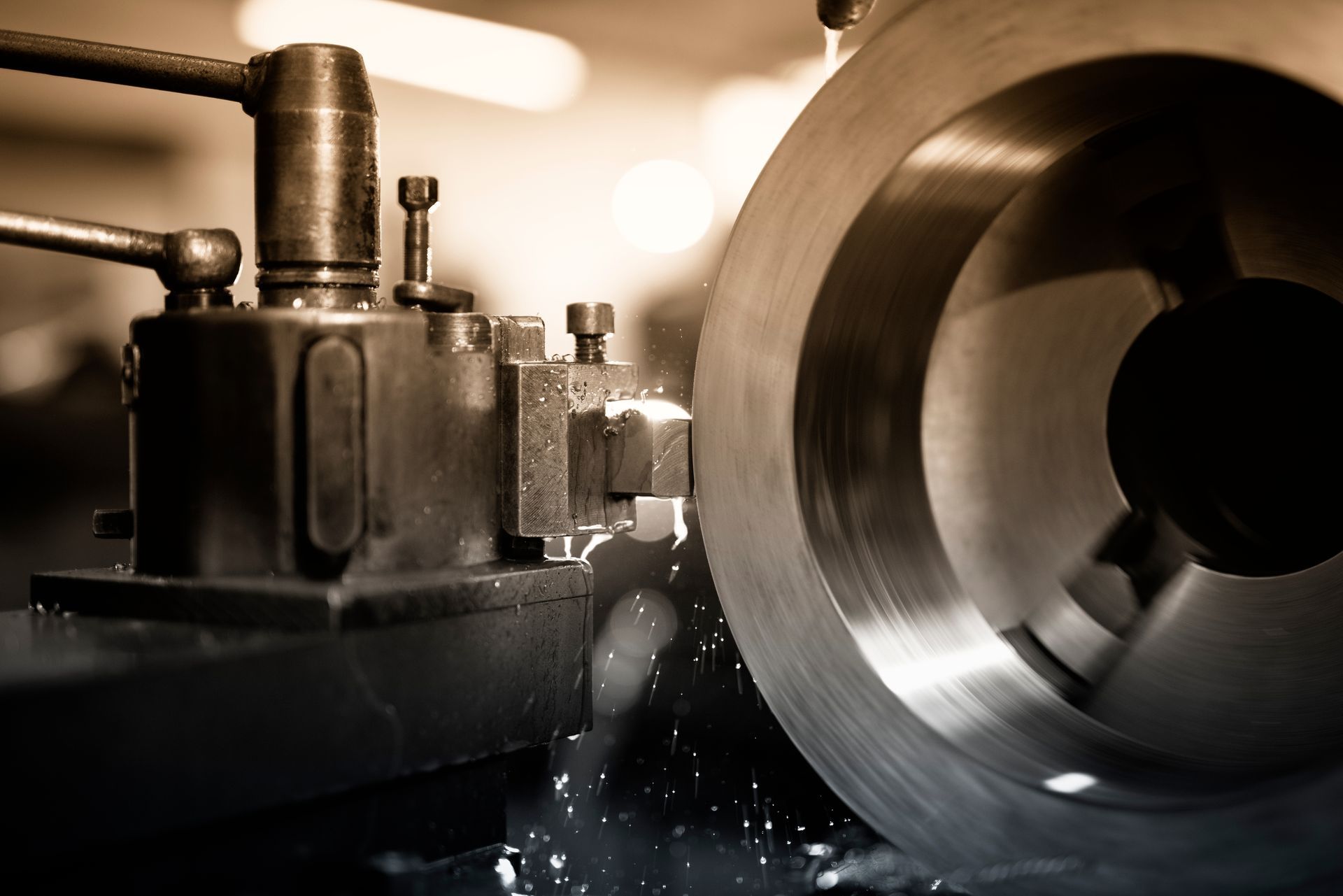3 Popular Methods For Welding Stainless Steel
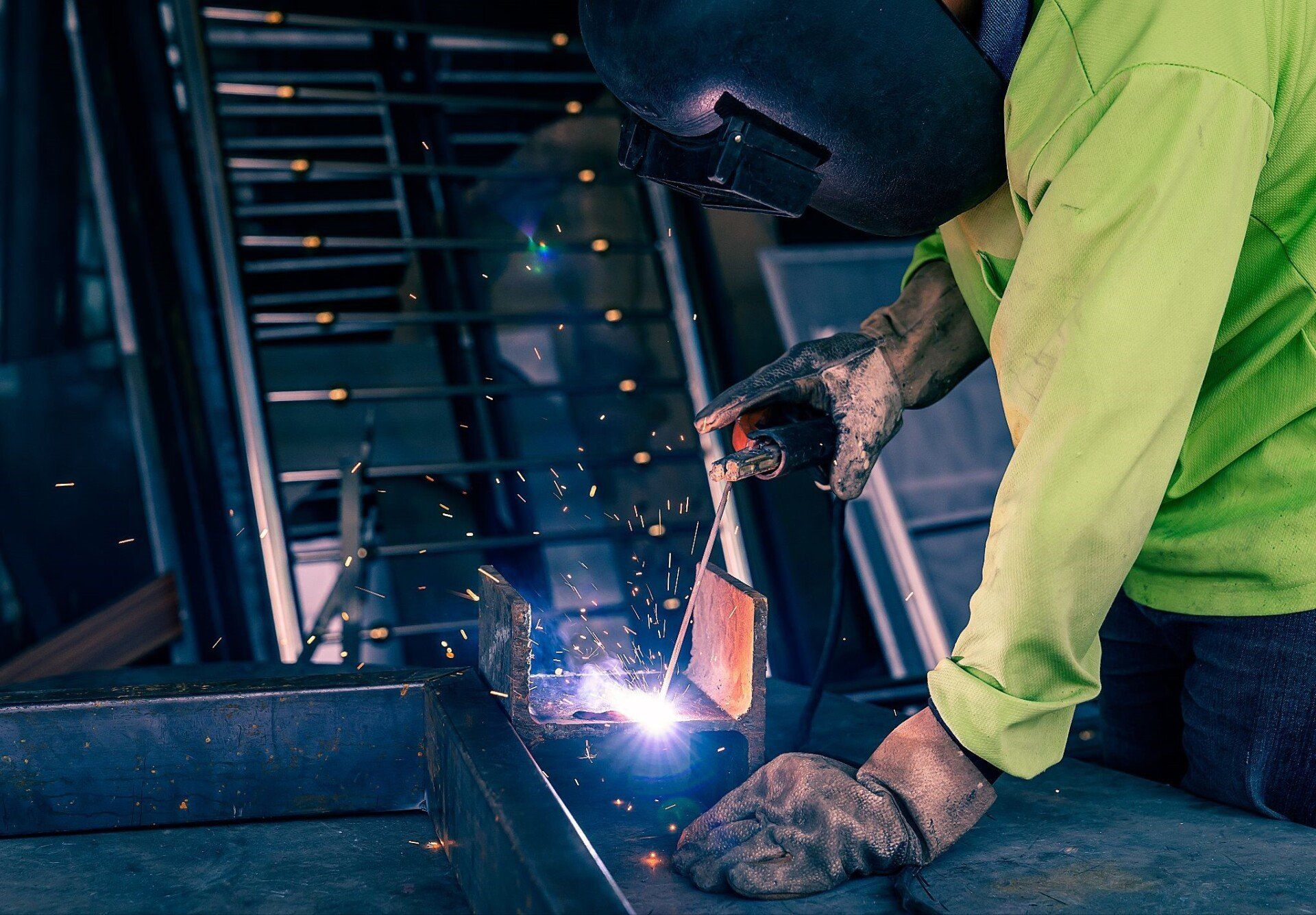
Unlike welding other metals, welding stainless steel is unique. Due to its distinct characteristics, stainless steel is more difficult to weld than other metals. Before welding stainless steel, some special qualities must be taken into account. The stainless steel welding procedure varies according to the final product's thickness, finish, and intended purpose.
While there are a variety of methods for welding stainless steel, there are three that are used most commonly by stainless steel fabrication companies in Malaysia. However, let's take a closer look at what makes stainless steel different from other metals.
What is Stainless Steel?
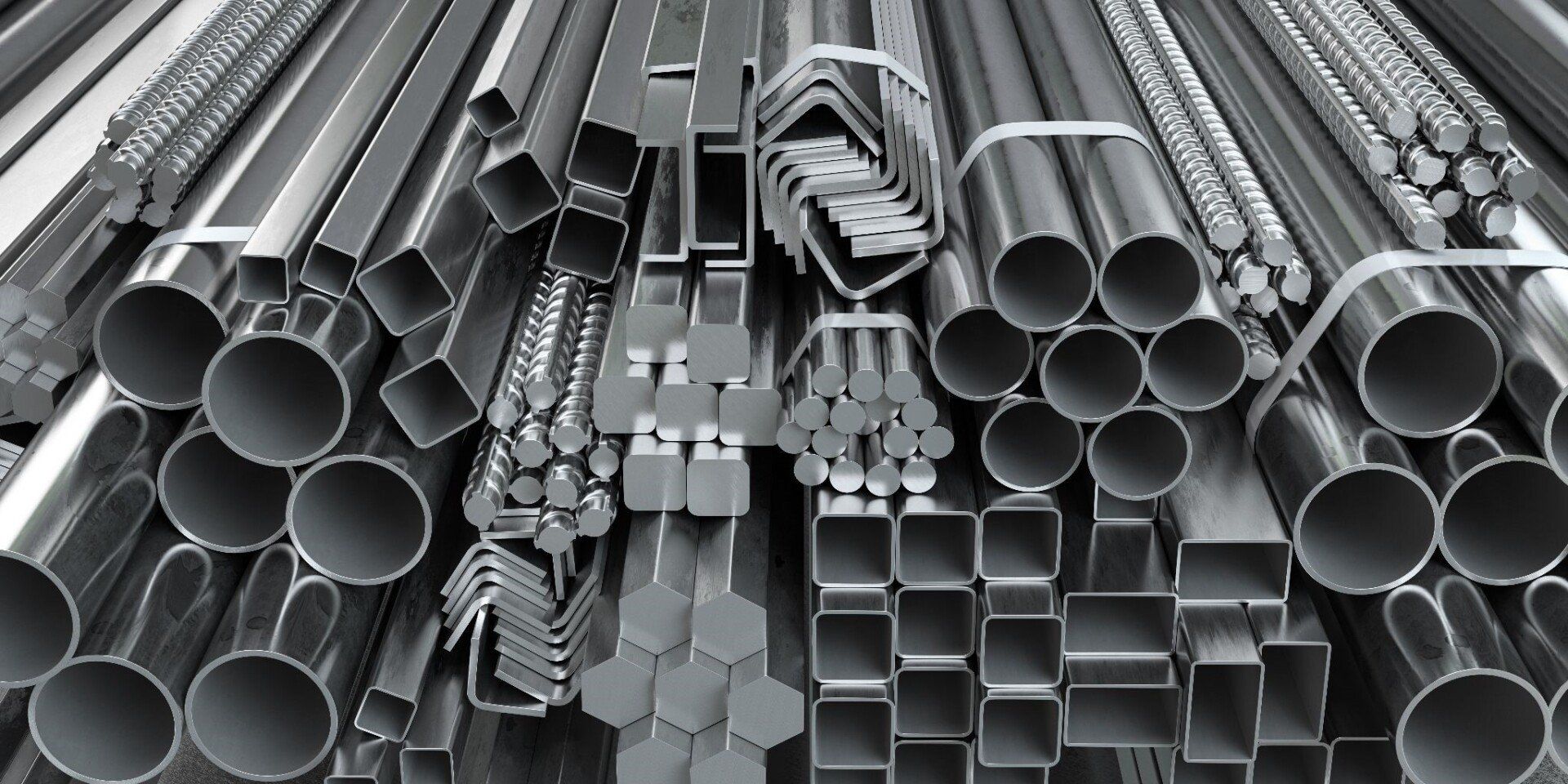
Stainless steel is a corrosion-resistant metal alloy composed of iron, chromium, and, in certain circumstances, nickel and other elements. Stainless steel is the ultimate "green material," as it is completely and infinitely recyclable.
In the construction industry, stainless steel's recovery rate is quite close to 100%. In addition to being durable and sustainable, stainless steel fulfils the demands of sustainable building. Additionally, it does not leach components that might change its composition when in touch with substances like water.
Aside from these environmental advantages, stainless steel is also aesthetically pleasing, incredibly hygienic, simple to maintain, long-lasting, and versatile. Consequently, stainless steel is used in a variety of commonplace items. It also has a significant impact on a variety of sectors, including energy, transportation, construction, research, medical, food, and logistics.
The Various Welding Method for Stainless Steel
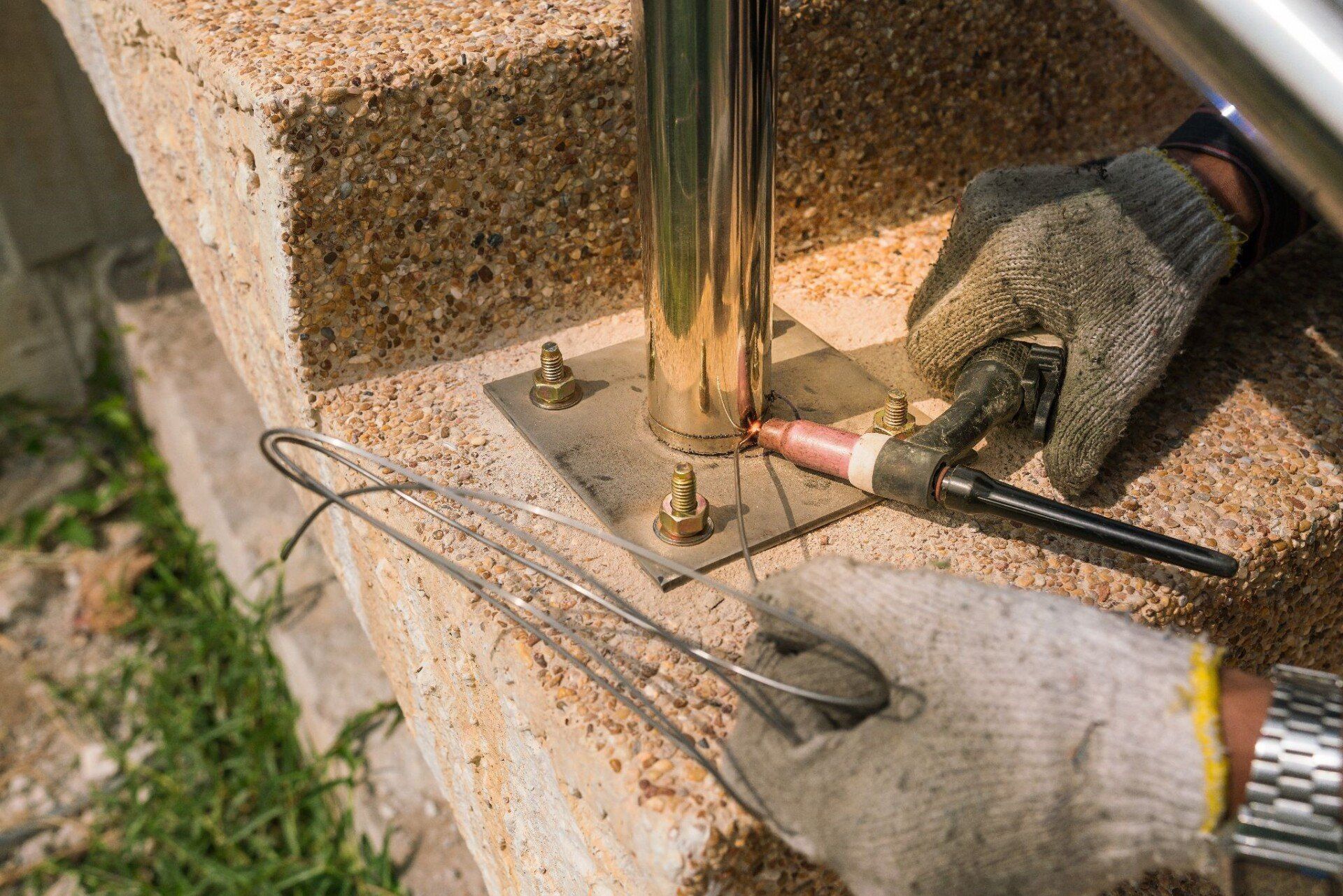
Regardless of your welding technique, stainless steel must be heated and cooled under control to achieve a smooth finish. Metals often experience issues like bending, corrosion, or embrittlement due to heat retention.
It only takes five amps of power to get from having a perfect seam to a burnt one. Ensuring the fillers are suitable for the welded material is also crucial. Finally, because stainless steel is prone to scratching, keep the workspace tidy and keep dirt off the welding table.
Here are the three most popular welding methods used by stainless steel fabricators in Malaysia.
Spot Welding
Resistance welding, sometimes known as "spot" welding, is one of the most cost-effective kinds of welding. When electrical current passes through an electrode and meets the metal, the metal is heated, and a nugget is produced. A metal joint is the outcome of this. Despite requiring a lot of currents, the device runs on a low voltage.
Since resistance welding only requires pressing a button, it can be more effective than other welding techniques. In particular, stainless steel has a rapid heating time and low-temperature concentration. Thus, there is minimal impact on the region being operated on.
Welding procedures can be automated and mechanised by manufacturers without the need for highly qualified welders. This not only improves aesthetics but also boosts productivity, lowers prices, and lowers overall manufacturing expenses.
Tungsten Inert Gas (TIG) Welding
TIG is an abbreviation for Tungsten Inert Gas, also known as Gas Tungsten Arc Welding (GTAW). Its name refers to the tungsten electrode and the inert gas sheathing surrounding it.
The welding arc receives its current from the non-consumable tungsten electrode. Argon gas is employed because it protects and cools the tungsten, produces significantly less smoke than other gases, and inhibits oxidation.
TIG welding is most frequently used in the industry for precise, fine welds and is perfect for crucial joints. It is also the most popular method for joining thin stainless steel parts with thinner metals.
Metal Inert Gas (MIG) Welding
Metal Inert Gas (MIG) welding, also known as Gas Metal Arc Welding (GMAW), is a welding procedure that employs electricity to melt and fuse metal parts together. When done properly, this semi-automatic method enables a secure connection of two pieces of stainless steel.
A solid wire electrode and a shielding gas high in argon are used in this technique. This technique of welding provides a clean weld with little splatter because the shielding gas protects the welding arc.
Due to its ability to use a pulsed current supply, MIG welding is popular because it can make it simpler to weld those hard-to-reach areas on intricate stainless steel projects. To stabilise the arc and enhance the quality of the weld, additional gas mixes, such as helium, oxygen, and carbon dioxide, are frequently utilised.
Choosing The Best Method
What characteristics you're seeking for will determine the best welding technique for stainless steel. Spot welding may be the ideal choice for the project if you're aiming for a more economical weld. However, gas tungsten arc welding or TIG welding may be a better option if the material being worked on is thin.
Stainless steel welding is a risk worth taking. The procedure comes with several advantages and disadvantages. However, the outcome will be satisfying once you take into account the technique's limitations. Developing your welding abilities with this fashionable, well-liked, artistic, and valuable metal will help you complete your job more quickly and affordably.
Looking for stainless steel welding services in Malaysia ? Visit Choong Ngai Engineering now!
If you're looking for a reliable quality welding services provider in Malaysia, look no further than
Choong Ngai Engineering Works. We are a leading provider of quality
welding services Malaysia and provide the best possible service to our clients.
Call us now!
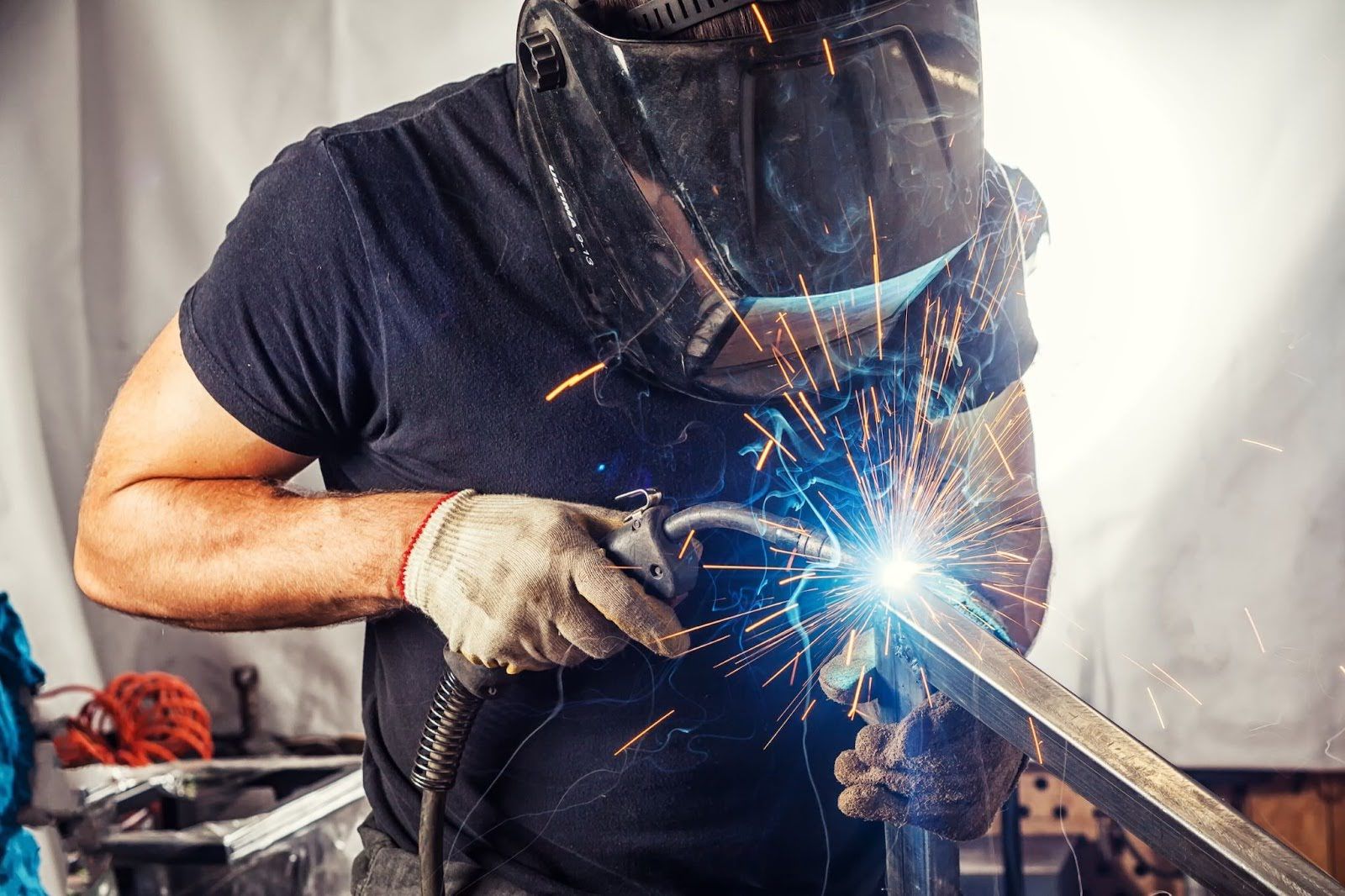
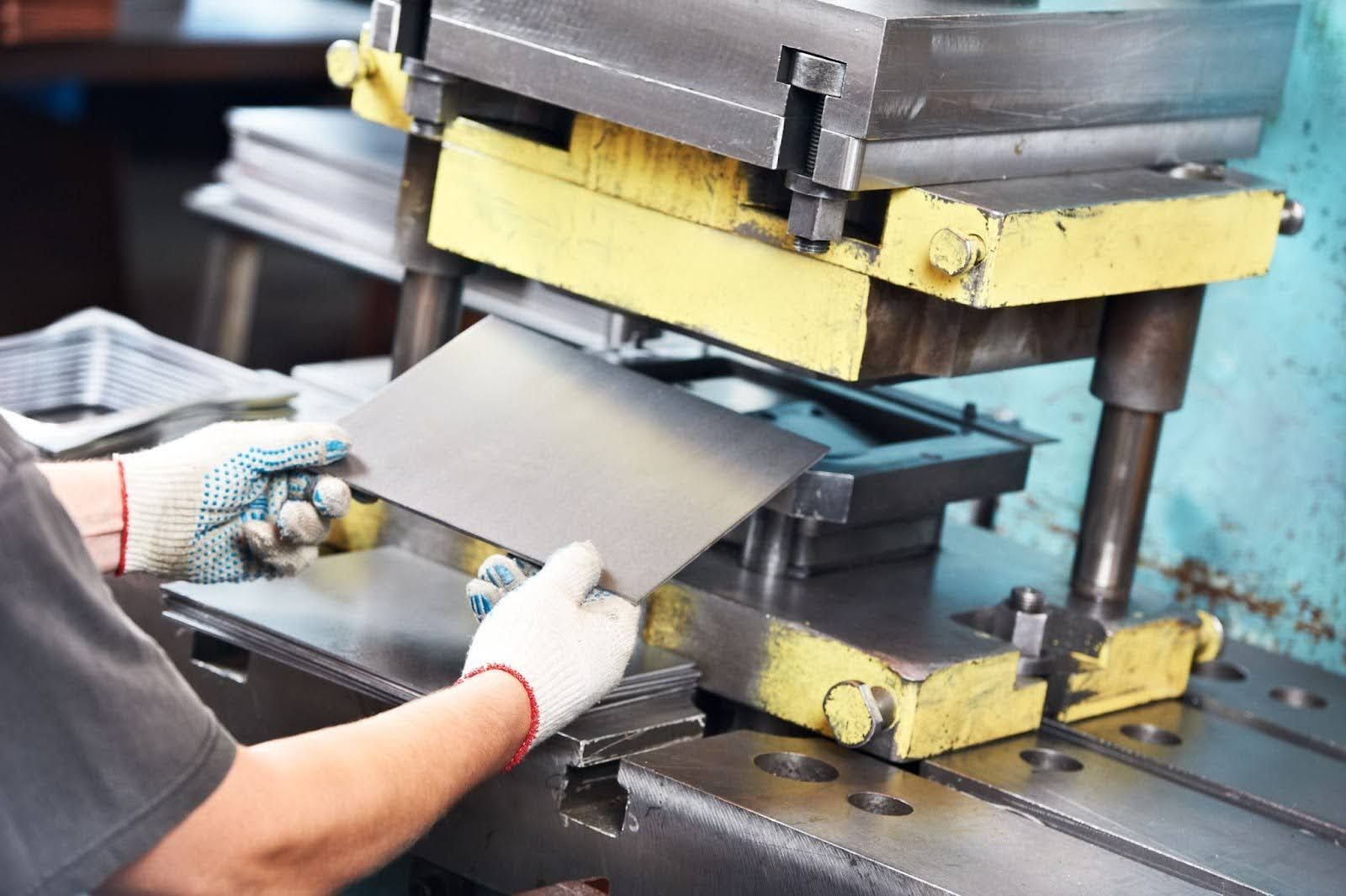
CHOONG NGAI ENGINEERING WORKS SDN BHD
is managed by a team of experienced professionals who ensures that our jobs are completed satisfactorily in a timely matter. We prioritise on our clients' needs and believe that our clients are entitled to the best services available.
QUICK LINKS
CONTACT
243A, Jalan 2A, Kampung Baru Subang, 40150 Selangor Darul Ehsan, Malaysia
Choong Ngai Engineering. All Rights Reserved. Website Designed by Heroes Of Digital.

